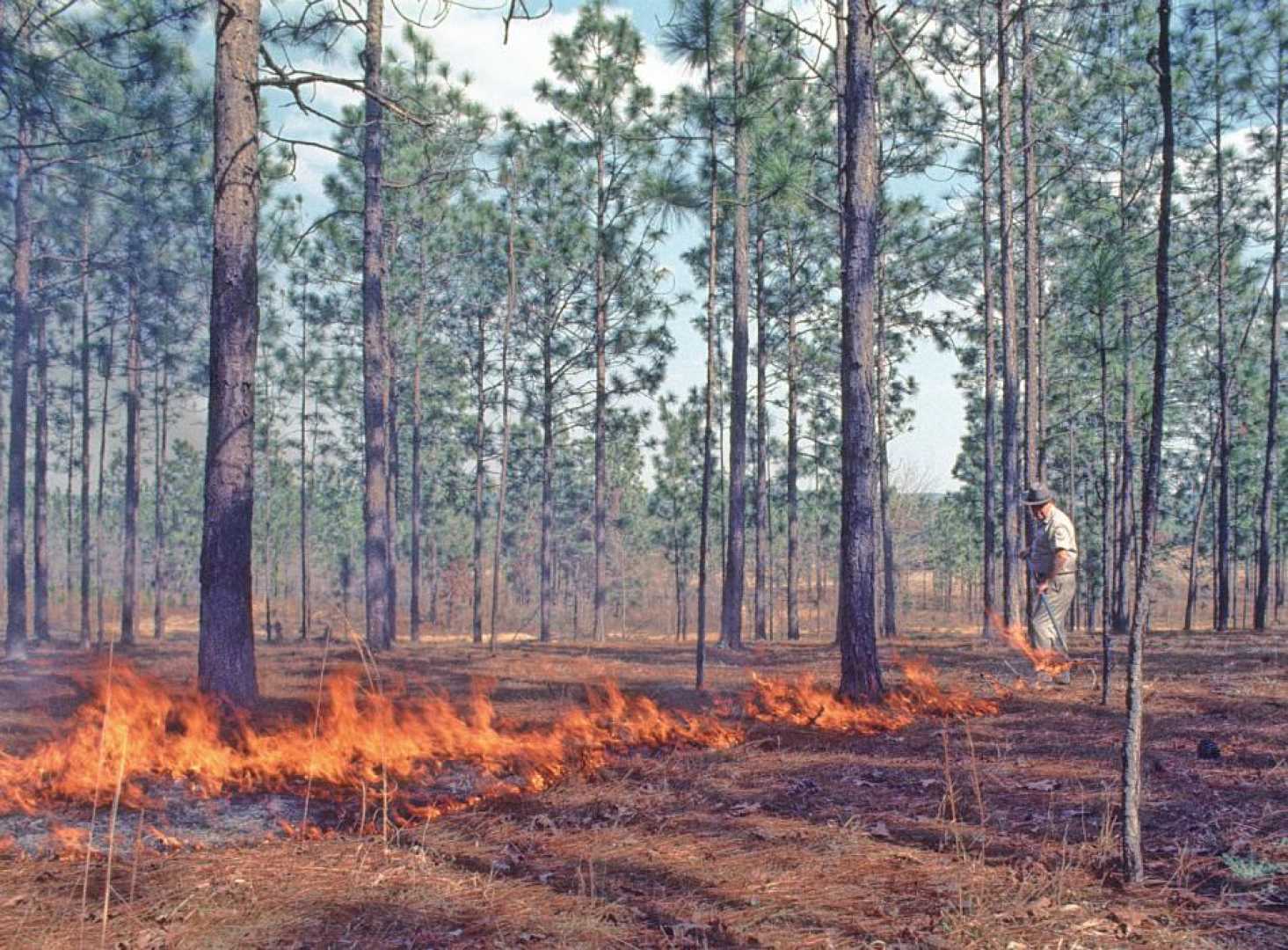News
Central Florida Faces Rising Threat of Wildfires Amid Drought

ORLANDO, Fla. — Central Florida is bracing for a dangerous wildfire season as a severe drought is expected to persist through at least mid-May, according to meteorologists and fire officials. The combination of dry conditions and high temperatures raises alarms about rapidly spreading fires.
“One of the things that is concerning to us is that there are still a lot of downed trees in wooded areas from last year’s hurricanes,” said Chief David Kilbury, the public safety director for Lake County. “That is a tremendous fuel load. … And some of those pine trees have sap and oils that can ignite quickly.”
In response to the heightened risk, Seminole, Orange, and Volusia counties have imposed burn bans prohibiting outdoor open flames, including bonfires and campfires. Lake County established a similar ban earlier this week.
According to the U.S. Drought Monitor, much of Central Florida is under moderate drought conditions, with some areas of north Lake and mid-Volusia counties experiencing severe drought. As of the latest reports, counties such as Collier, Glades, Hendry, and Palm Beach in South Florida have reached extreme drought levels for the first time since 2011.
Robert Haley, a meteorologist with the National Weather Service in Melbourne, indicated that conditions are unlikely to improve soon. “There’s little to no rain expected well into May,” he stated, adding that even a significant rainfall event would not significantly alleviate the drought. He anticipates that regular afternoon thunderstorms typical in early June may finally bring some relief.
Florida counties automatically activate burn bans when the Keetch-Byram Drought Index (KBDI), which measures soil moisture, exceeds 500. On Thursday, Lake County’s index reached 559, followed by Volusia at 525, Orange at 505, and Seminole at 504. Osceola County recorded a lower index of 433 and has not yet enacted a burn ban.
As of Friday, the state was grappling with 86 active wildfires, consuming over 3,000 acres, including smaller fires in Osceola and Lake counties. In anticipation of an uptick in fires, local fire departments are mobilizing resources effectively. In Seminole County, for example, large firefighting trucks are stationed in rural areas to ensure rapid response to fires.
Doreen Overstreet, a spokesperson for Seminole County Fire Rescue, noted, “We’re definitely on an elevated response. If we get a brush fire or illegal burn, we have more units ready to respond.”
Fire Marshal William Farhat of Orange County explained the continuous nature of monitoring wildfire risks. “It’s constant management every day,” he said, emphasizing the importance of keeping a watchful eye on the winds and temperatures.
Under current burn bans, residents can still use charcoal, gas, or electric grills outside, but Farhat urges caution. He recommends soaking used charcoal with water before disposal and being mindful when parking vehicles in grassy areas to avoid igniting fires from hot exhaust systems.
The Orlando area recorded just 0.37 inches of rain in April, falling short of the normal of 1.37 inches. The total rainfall so far this year stands at approximately 5 inches, about half of the average total expected by this time of year.
The dry conditions have largely been attributed to La Niña, a climate pattern that typically results in increased rainfall in the mid-Atlantic states but more arid conditions across the Southeast. Although La Niña’s effects are expected to wane, meteorologists caution that it will take time for atmospheric patterns to shift significantly.
Reflecting on the situation, Fire Marshal Farhat underscores the need for prevention strategies among residents, stating, “The key is prevention. People would be surprised at how quickly a fire can ignite and how fast the flames can spread.”












